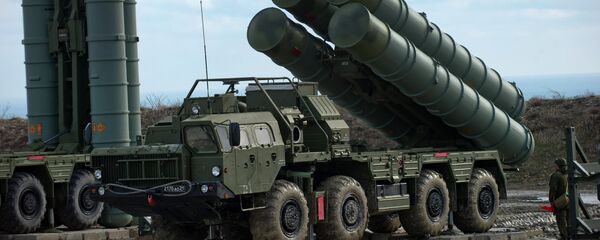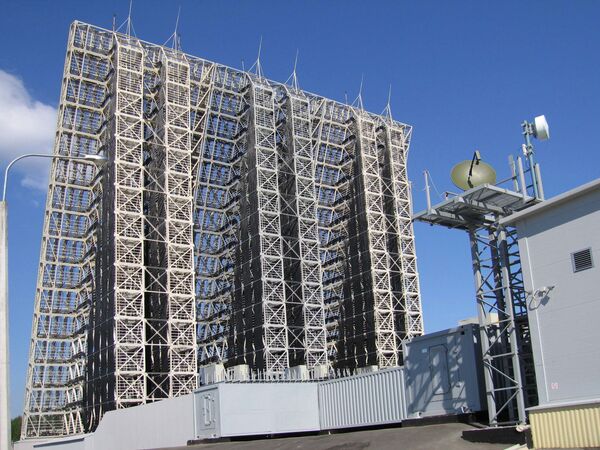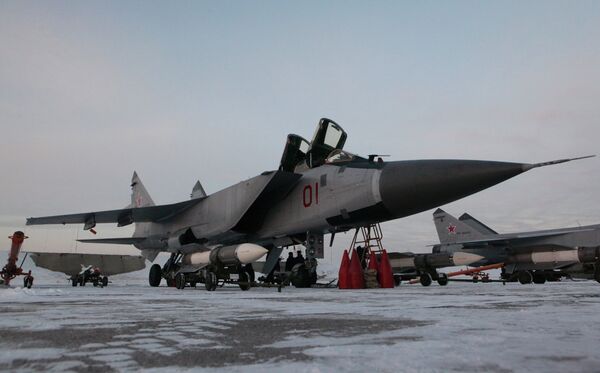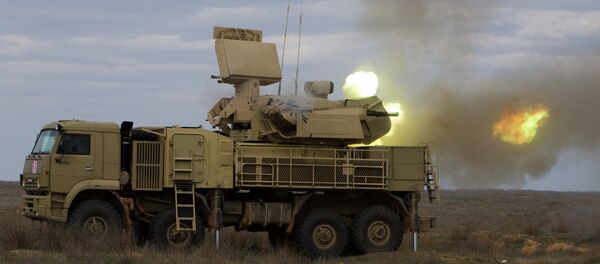Kiselev recalled that "in the early 2000s, Russia's air defenses were locally installed, with only major economic and military facilities being protected by these systems at the time."
However, the situation had drastically changed by 2015, according to him.
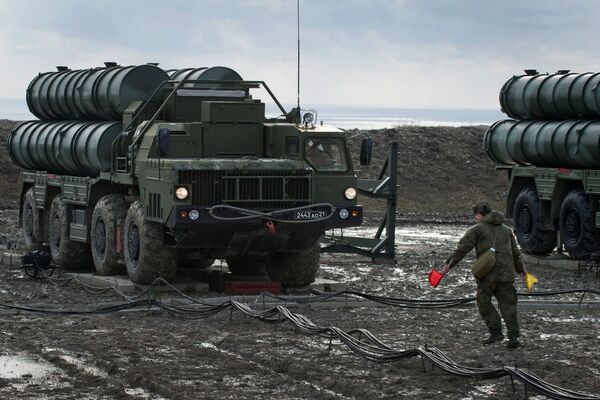
"There was a full-fledged radar network in Russia's western and southern areas by 2015," he said, adding that within two more years, Russia had completed its air defense coverage of the north and east of the country.
Over the last several years, more than 130 modern anti-aircraft missile systems, which have no analogues in the world, have entered service with the Russian Armored Forces.
These include the Pantsir-S1 short to medium range surface-to-air missile and anti-aircraft artillery weapon system and the S-400, which is equipped with missiles capable of firing at both very-long-range, medium-range and short-range targets.
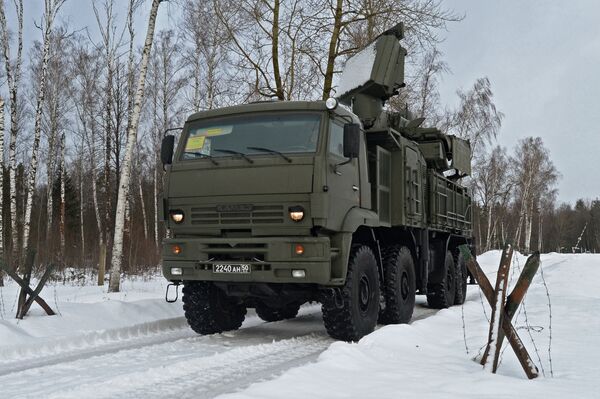
Since 2012, the number of anti-aircraft missile troops has doubled in Russia, which can also be said of forces responsible for the Missile Attack Warning System. Crimea's reunification with Russia allowed the country "to close all the holes" in Russia's radar field.
"The new warning systems include the Voronezh radars, which are the most advanced and can be quickly assembled on the spot," Kiselev said.
As for protection at sea, in 2013, Russia had only ten coastal missile systems, but their number increased to 29 by 2017.
"They are located where they need to be installed," he said, citing the Kuril Islands, Crimea and the Caspian regions as well as Baltiysk, Severomorsk, Vladivostok, Kamchatka, Chukotka, and the Arctic region.
In addition, all-weather supersonic MiG-31BM fighters are entering service with the Russian Aerospace Forces.
Russian Defense Minister Sergey Shoigu, for his part, noted that before the end of this year, Russia will complete the protection of the country's territory with missile systems "both on land and at sea."
Never miss a story again — sign up to our Telegram channel and we'll keep you up to speed!

